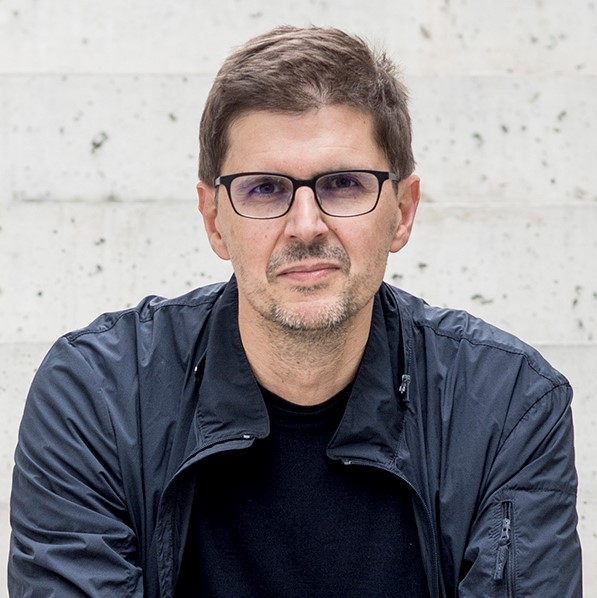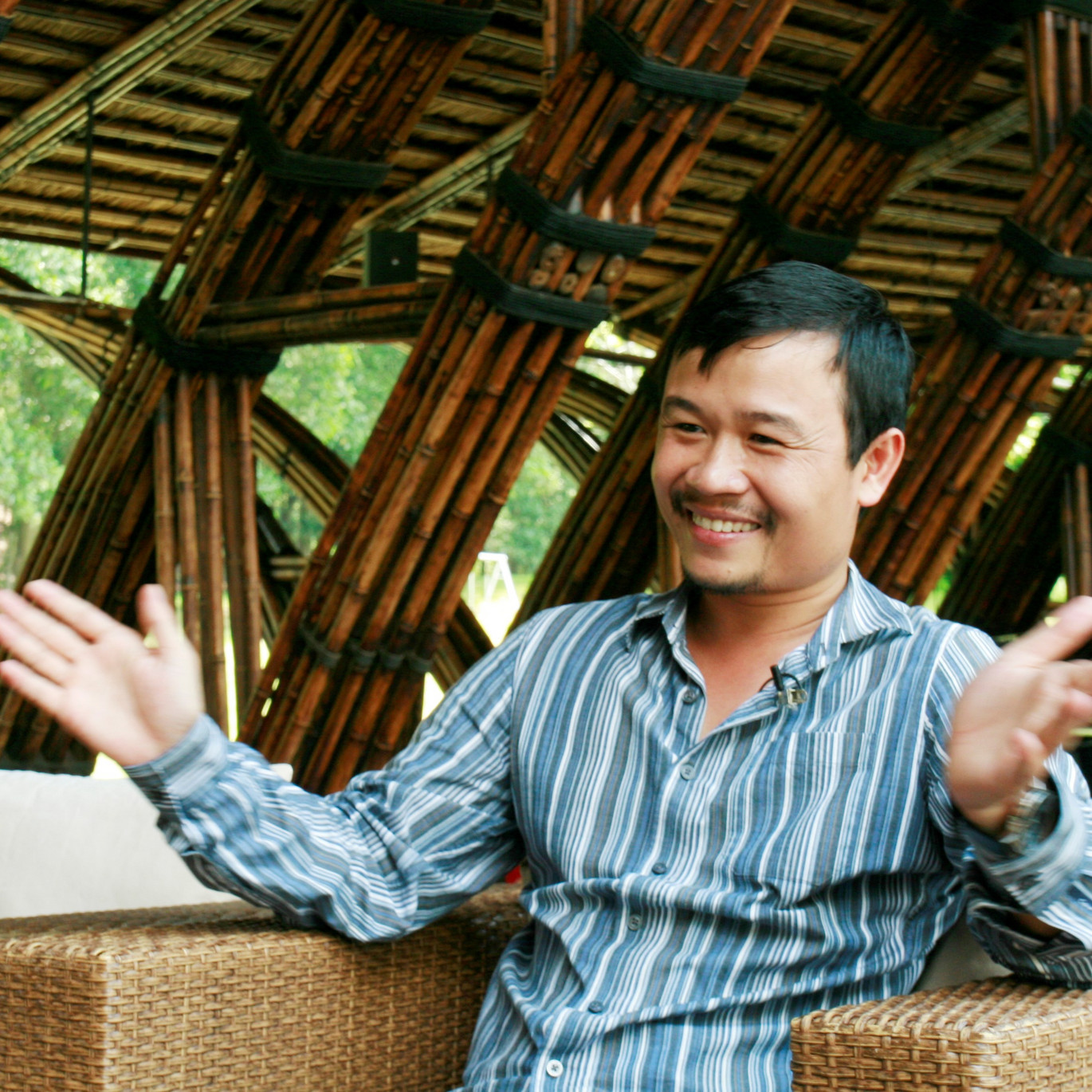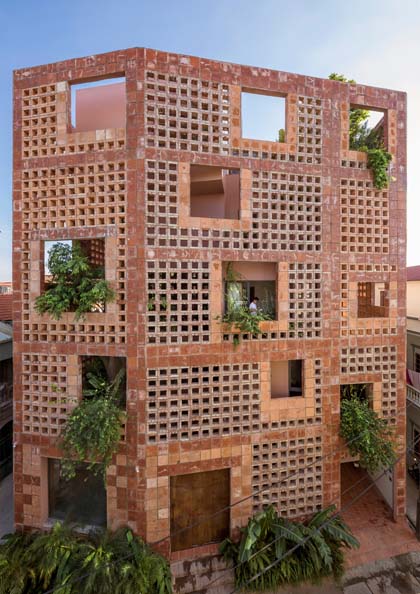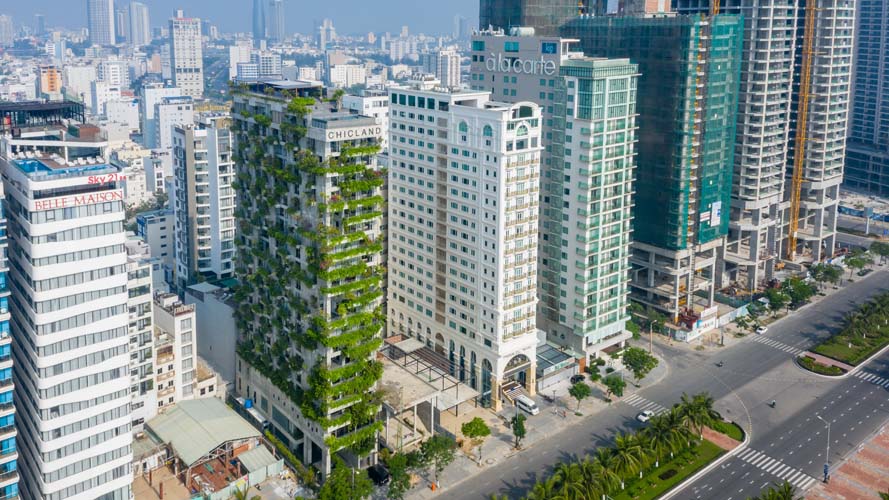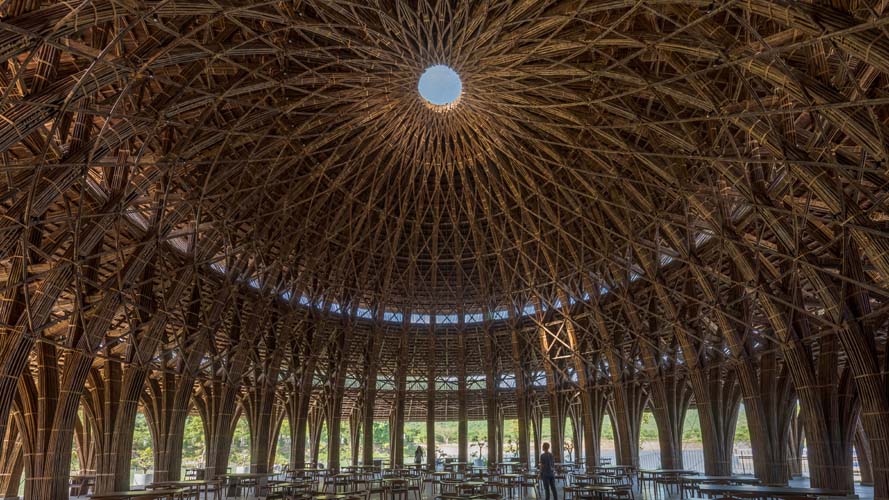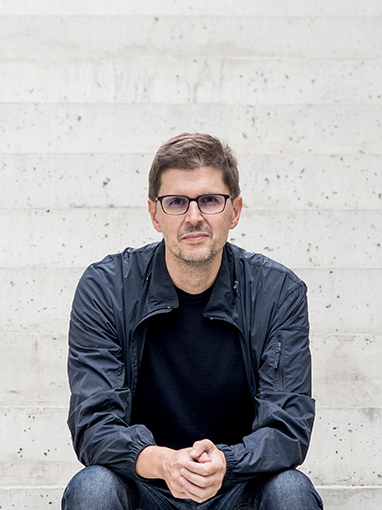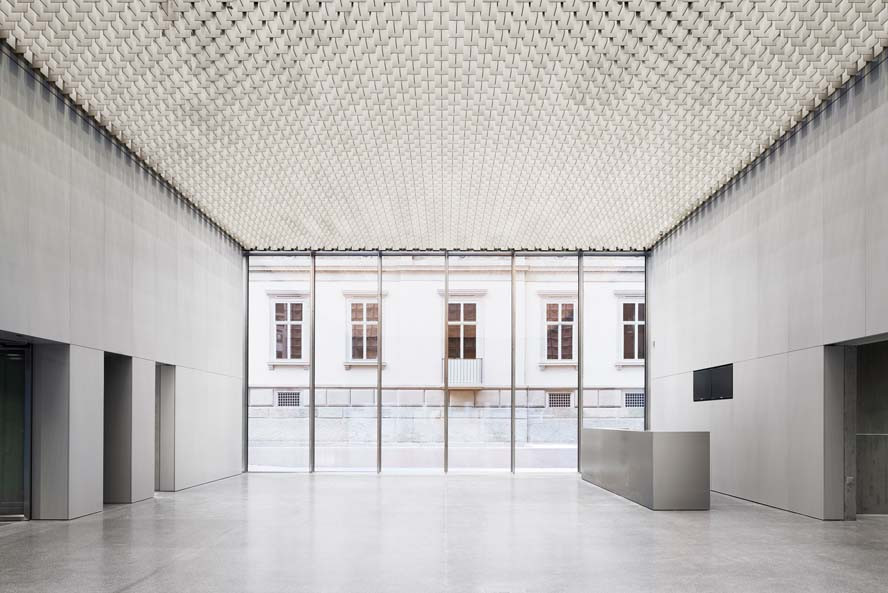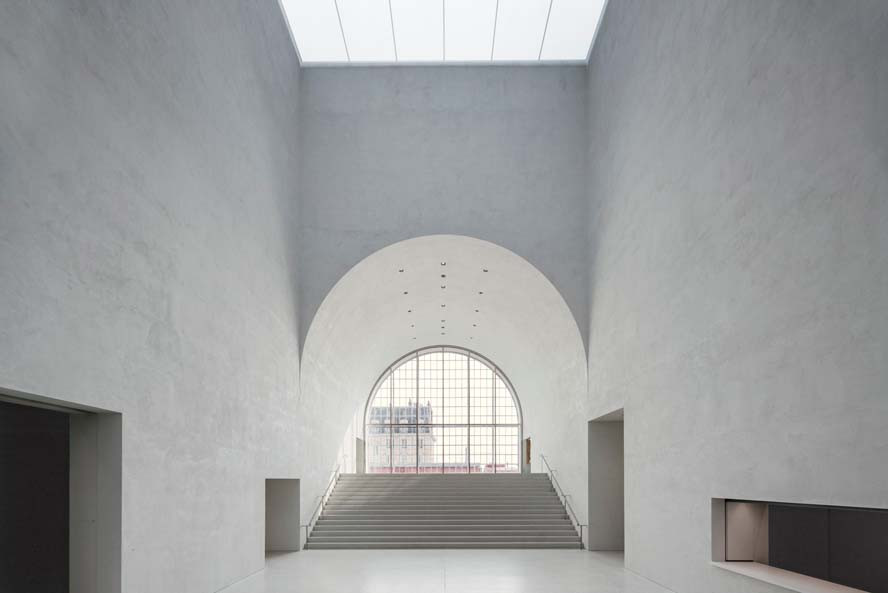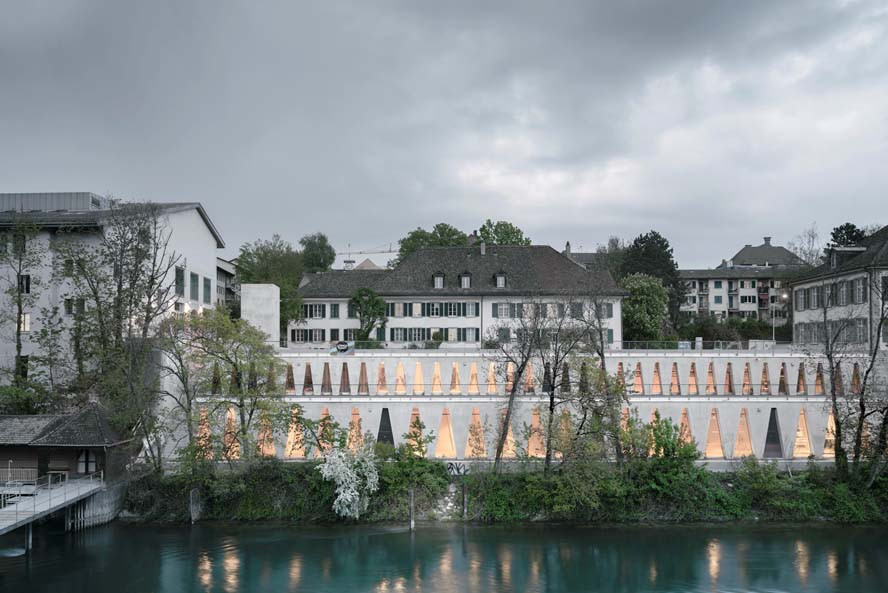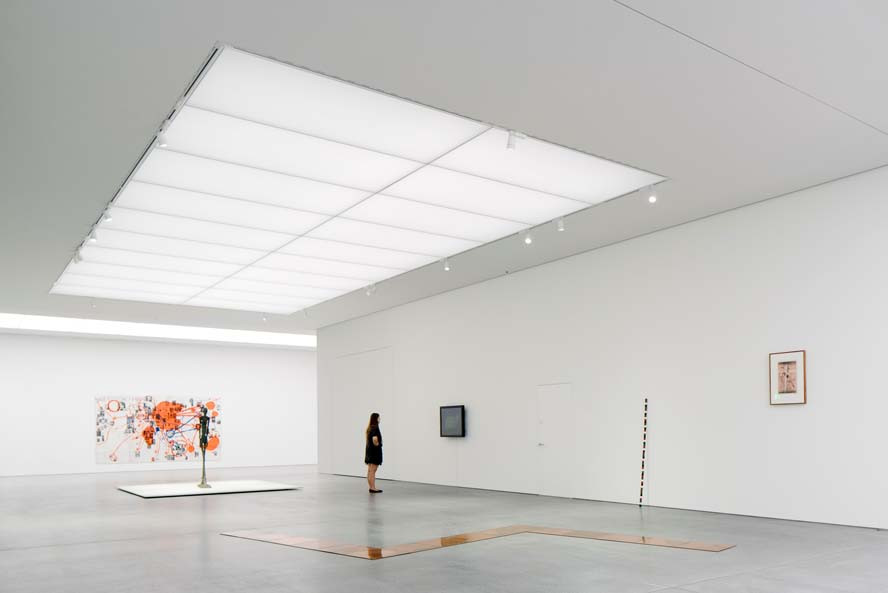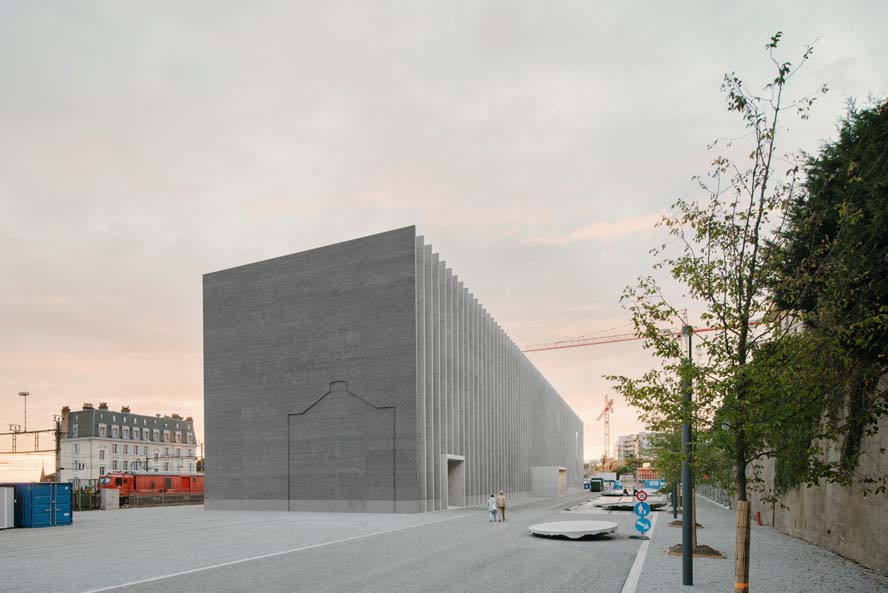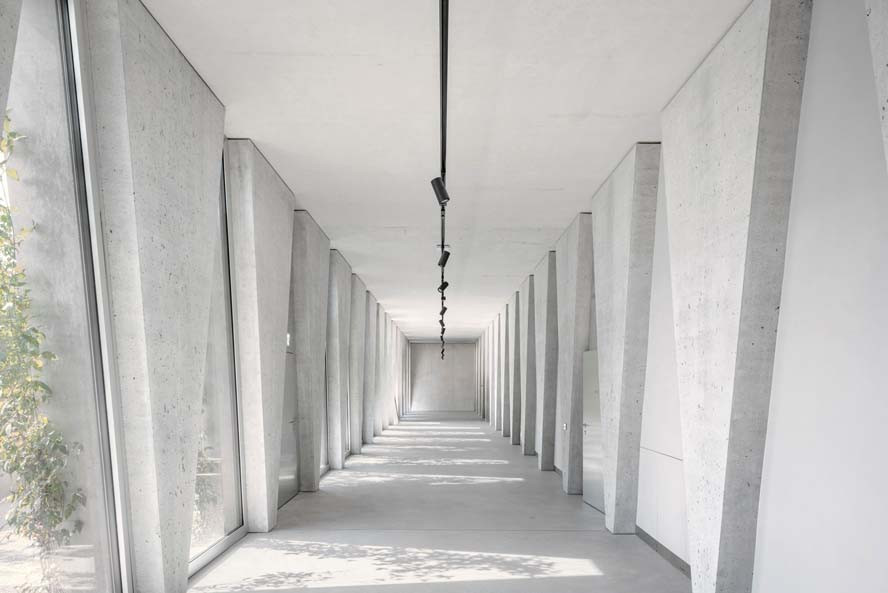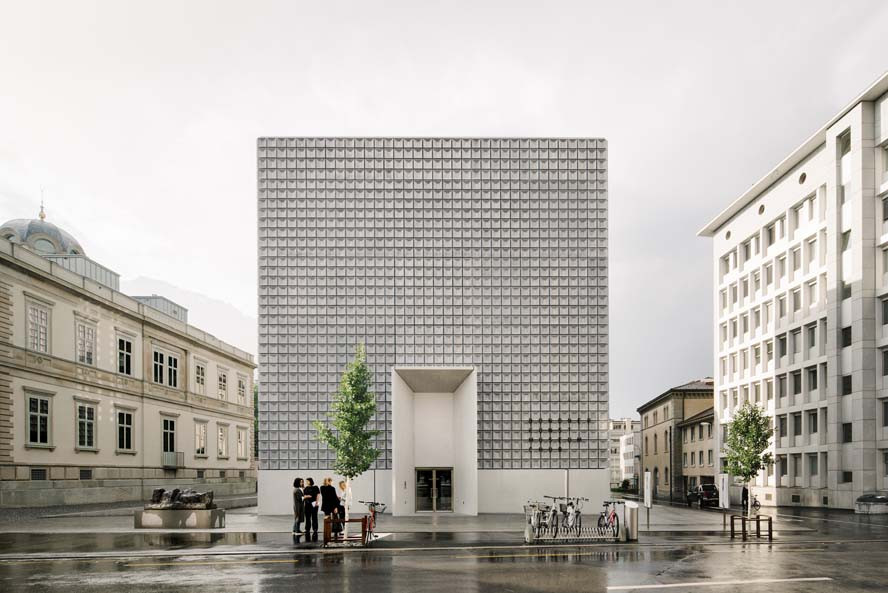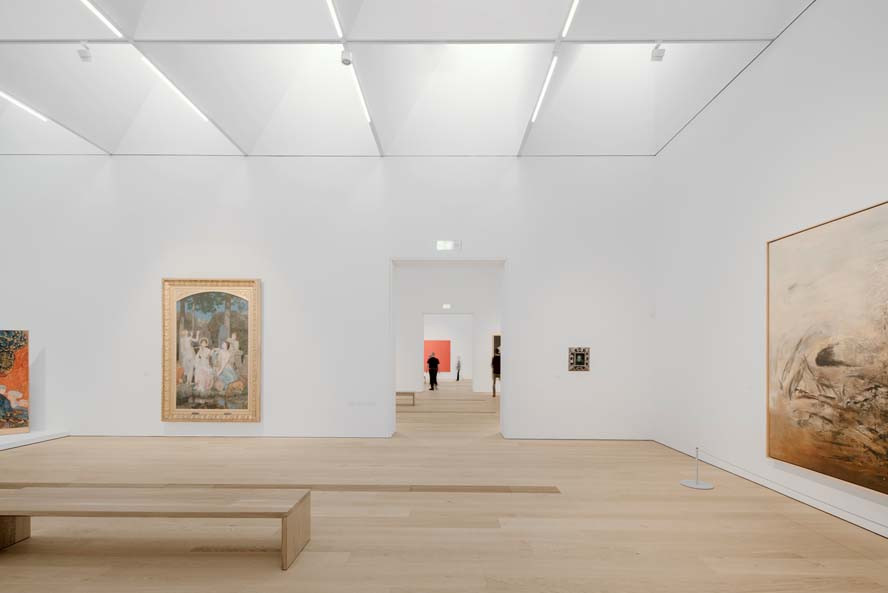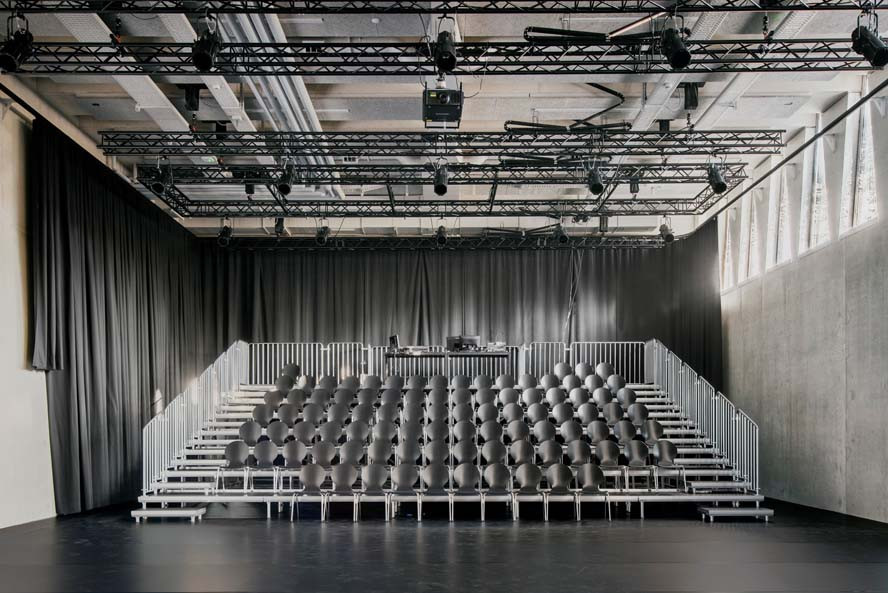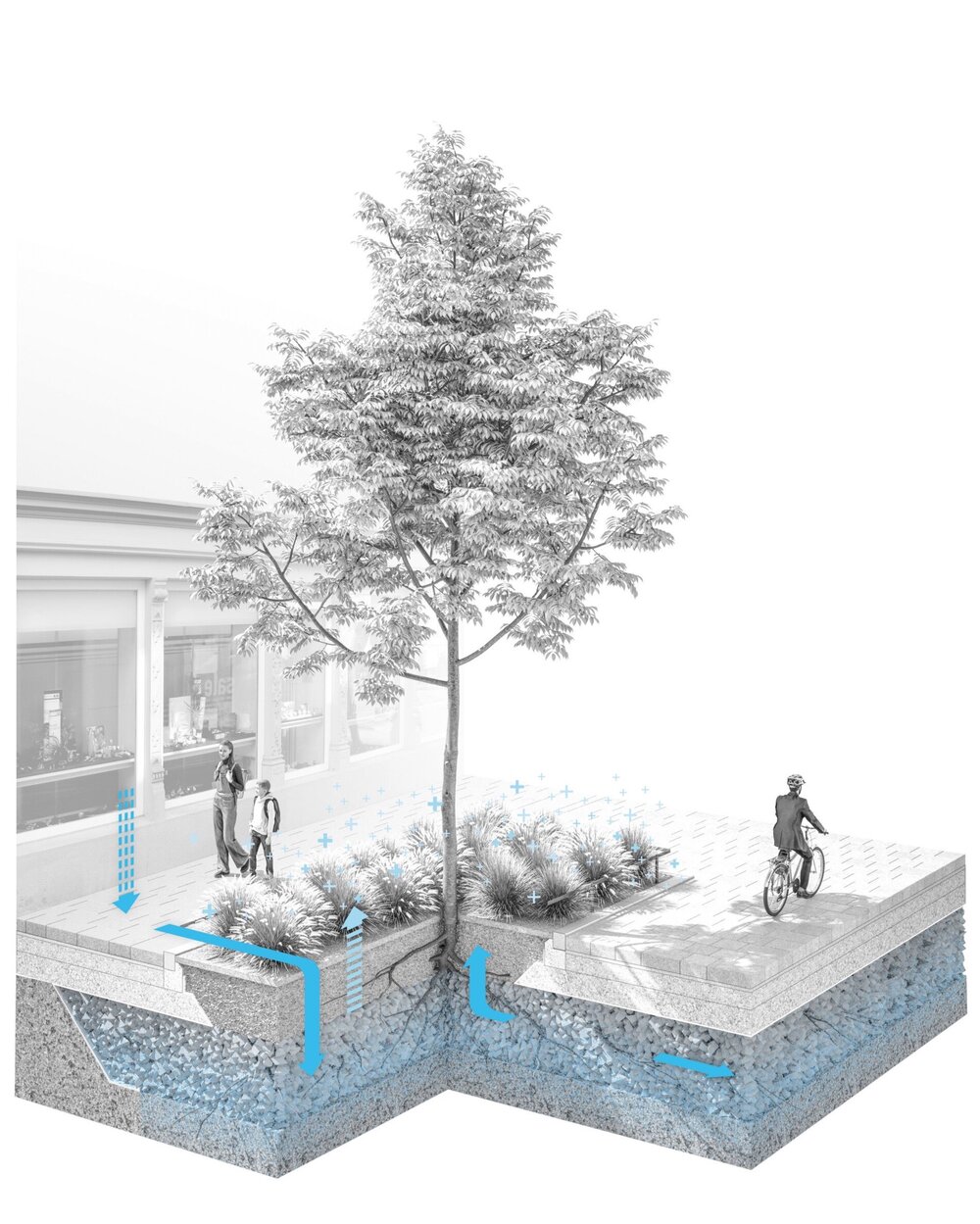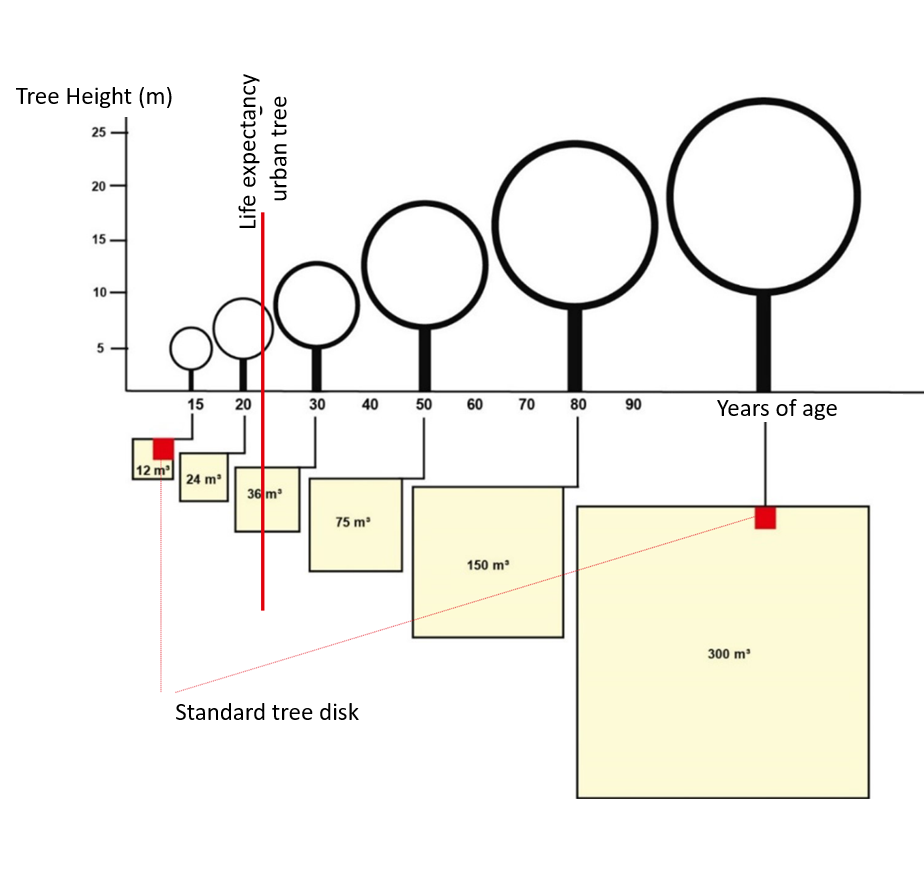VTN Architects
Vietnam | Ho Chi Minh City
Võ Trọng Nghĩa was born in Vietnam and became famous at a very early age. After receiving his architecture degree from Nagoya Institute of Technology in 2002, for which he was awarded the 2004 Furuichi Kimitake Prize for the best master's thesis of the year, he first joined the University of Tokyo Design Laboratory's Landscape and Urban Planning Laboratory in the Department of Civil Engineering. He also received the President's Award of the University of Tokyo for his academic achievement during his doctoral work. In 2006, however, he discontinued his dissertation to return to Vietnam and establish his own firm, VTN Architects. Since then, VTN Architects has become a world-leading architecture firm, honored with 147 international awards and 23 Vietnamese awards for its pioneering work in green building. Among the many awards are prestigious prizes such as the Prince Claus Award from the Netherlands in 2016. He received gold medals from ARCASIA, The Architects Regional Council Asia seven times in 2019, 2017, 2016, 2014, 2011, and 2007.
He was named Architect of The Year by Deezen in 2019 and received the Building of the Year 2014 Award for the Dailai Bamboo Complex by ARCASIA for the best building of the year in 2014. He won seven awards at the World Architecture Festival in different years.

